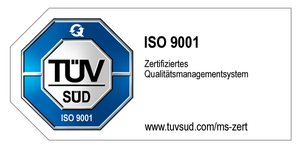Porosity
Porosity is a dimensionless measurand representing the ratio of void volume to total volume of a material. A specific porosity may be necessary or desirable for materials, which is why they are divided into the pore classes from microporous to macroporous on the basis of their pore size. Porosity can occur in all kinds of materials, whether of natural or artificial origin. If you want to work with porous materials, it is essential to pay attention to the pore class and the material properties.
Pore classes
Pore classes are a system for classifying pores in a material. They play a role above all in quality control in connection with primary forming manufacturing processes. Primary forming refers to a group of manufacturing processes in which a solid body with a geometrically predefined shape is produced from a formless material. Alongside electroforming and powder metallurgy, foundry technology is one of the most important urforming processes in manufacturing. Pores are small bubbles in the material, which can also occur in metal when casting technology is used. If an object has pores, it is porous; porosity refers to the presence or degree of pores in an object. In order to produce and process high quality porous materials, the effects of porosity in a workpiece must be accurately estimated. Pore classes, which are used to make such estimations possible via the surface characteristics of the porosity, help in this process. Based on the pore size, a general distinction is made between microporous and macroporous surfaces.
We find the perfect solution for your project.
Contact us if you have questions to our services in the area of 3D metrology. We are looking forward supporting you in your success.



